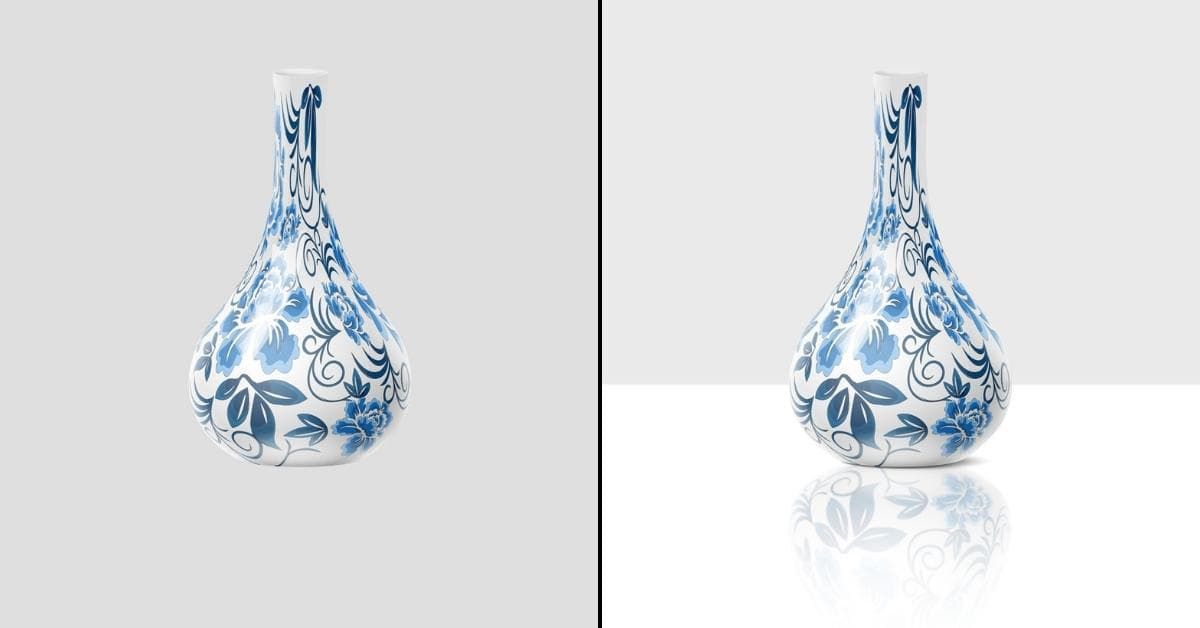In the dynamic world of graphic design and photo editing, creativity knows no bounds. Every day, designers are exploring innovative techniques to make their designs more captivating and visually appealing. One such technique that has gained popularity in recent years is the reflection shadow effect. In this article, we will delve into the world of reflection shadow effects, providing a comprehensive guide on how to create them, their significance, and frequently asked questions to enhance your understanding.
What is a Reflection Shadow Effect?
A reflection shadow effect, often referred to as a mirror or water reflection, is a graphic design technique that mimics the reflection of an object on a surface. This effect is used to create a sense of depth, realism, and aesthetic appeal in an image. It adds a captivating touch by simulating the object’s reflection as if it were placed on a glossy surface.
Creating a Reflection Shadow Effect
To create a reflection shadow effect, you will need a photo editing software like Adobe Photoshop or GIMP. Follow these steps:
Step 1: Open the image you want to apply the effect to.
Step 2: Duplicate the image layer.
Step 3: Flip the duplicated layer vertically to create a reflection.
Step 4: Reduce the opacity of the reflection layer to make it semi-transparent.
Step 5: Apply a Gaussian blur to the reflection layer to create a realistic reflection.
Step 6: Adjust the transparency and positioning of the reflection to achieve the desired effect.
Significance of Reflection Shadow Effects
Reflection shadow effects are significant in graphic design for several reasons:
- Realism: They add a touch of realism, making objects appear as if they are placed on reflective surfaces.
- Aesthetics: Reflection shadows enhance the visual appeal of images, making them more engaging and eye-catching.
- Depth: They create a sense of depth and dimension in flat images.
Applications of Reflection Shadow Effects
Reflection shadow effects find applications in various design projects:
- Product Photography: E-commerce websites often use reflection shadows to showcase products in an enticing manner.
- Logo Design: Logos with reflection shadows appear modern and sophisticated.
- Web Banners: Reflection shadow effects can be applied to text and graphics on web banners to make them stand out.
- Photography Enhancement: Photographers use reflection shadows to enhance the beauty of their shots.
Tips for Achieving Stunning Reflection Shadows
To create visually appealing reflection shadows, consider the following tips:
- Maintain consistency in lighting and perspective.
- Adjust the opacity and blur of the reflection to match the environment.
- Experiment with different angles and placements of the reflection.
- Pay attention to the details, ensuring that the reflection looks natural.
FAQs
Q1. What software is best for creating reflection shadow effects?
A1. Adobe Photoshop is widely preferred, but GIMP (a free alternative) also works well for creating reflection shadow effects.
Q2. Can reflection shadow effects be applied to any image?
A2. Yes, reflection shadow effects can be applied to most images, but the effectiveness may vary depending on the image’s content and composition.
Q3. Are there any copyright issues with using reflection shadow effects on images?
A3. No, applying reflection shadow effects to your images does not raise copyright issues. However, it’s essential to respect copyright laws when using images created by others.
Q4. How do I choose the right opacity for the reflection shadow?
A4. The ideal opacity depends on the image and the desired effect. Start with a low opacity and adjust it until it looks natural and visually appealing.
Q5. Can I use reflection shadow effects in print design?
A5. Yes, reflection shadow effects can be used in print design to enhance the visual impact of brochures, flyers, posters, and other printed materials.
Conclusion
Mastering the art of reflection shadow effects in graphic design can add a layer of elegance and sophistication to your projects. By following the steps outlined in this article and experimenting with various techniques, you can take your design skills to the next level. Reflection shadows are not just an effect; they’re a tool that can transform your visuals into eye-catching, realistic masterpieces.
This page was last edited on 25 February 2024, at 12:59 pm
